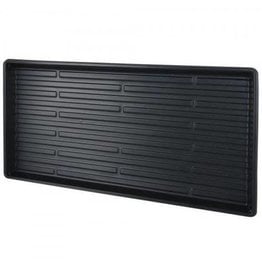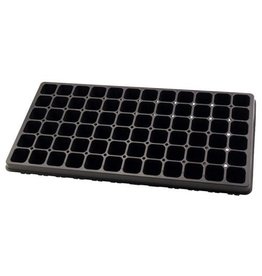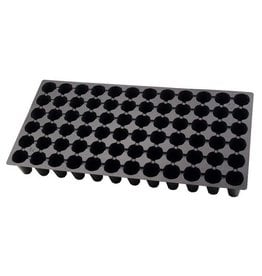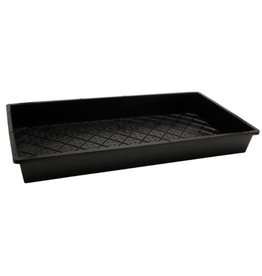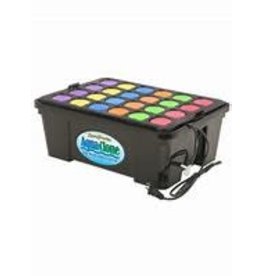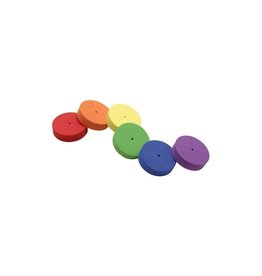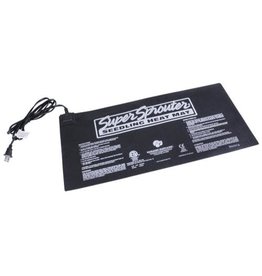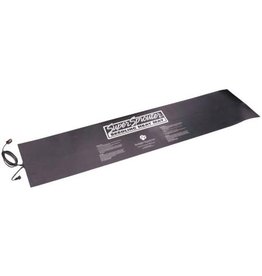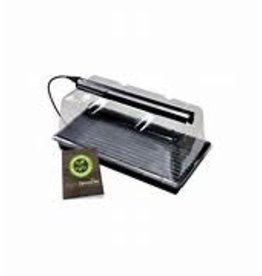Super Sprouter
Super Sprouter® gives you the best start for seedlings and cuttings!

HEAT MATS to gently warm your seedling trays so seeds/cuttings sprout earlier, grow faster and develop stronger roots. Choose from single tray, double tray or four tray heat mats.
THERMOSTATS for heat mats to maintain exact soil temperature control. Analog or digital thermostat styles are available.
NEOPRENE INSERTS provide safe, economical support for fragile cuttings.
PROPAGATION KITS choose from a variety of kits with everything you need for successful seed germination or cutting propagation.
PLUG TRAYS Come pre-filled with pre-drilled plugs in a propagation tray for quick and easy seed starting.
DOMES AND TRAYS High quality germination and humidity domes and heavy duty trays for seedling and cutting propagation.
Why should I use a Super Sprouter Heat Mat?
Like humans, most plants thrive in temperatures between 62-75°F. However, depending on the species, most plants prefer to propagate with a narrow temperature range between 65-73 degrees Fahrenheit, which is especially critical during germination and early growth. The Super Sprouter Heat Mat gently warms your seedling tray to the perfect temperatures, which can make a dramatic difference in seedling or cutting health and growth.
Do I need a thermostat?
Most plants have an ideal temperature for germination and early growth (see chart here). A warming mat is essential to keep them from getting too cool, but it's just as important to keep them from getting too HOT! Young plants that get too hot can rot and die just as quickly as they do when they get too cold. A thermostat will insure that if the room temperature gets too warm, the mat will shut OFF and not put unnecessary heat into the soil.
Aren't all plant plugs pretty much the same?
Seeds will probably sprout in any plug, but there are significant differences in moisture retention, porosity and nutrients. All of our plugs are designed for PERFORMANCE, not just function. We add finely ground premium materials in specific ratios to form a "relationship" with the seed or cutting to maximize your success when sprouting and rooting plants.
What kind of lights should I use to germinate plants?
If you've just planted seeds, proper soil temperature and moisture levels are more important than light in the first 24 hours. However, once seed or cuttings have been exposed to moisture and other growth stimulants, the amount of light they receive becomes very important. Fluorescent lighting specifically designed for plant growth is a very popular light source and can be timed to your optimum day/night light cycles.
How close should I place the light to my seedlings?
When using a dome (which helps stabilize heat and humidity) your lights should be at least 4 inches away from your seeds or clones. However, if you're not using a dome, you can use the back of your hand as a guide. Place the back of your hand under the light source and move it away from the light until it is a comfortable temperature on your hand. This should also be comfortable for the seed or cutting. Make sure the light fixture is securely supported to avoid damage.
When should I transplant my seedlings or cuttings?
The root structure of a plant is the gateway to a vibrantly healthy plant. As your seed or cutting develops into a young plant, you will notice the development of roots. These newly developed roots act as "on ramps" to a freeway (the freeway being the plant). Once you have established a nice group of fresh roots (on ramps), you must provide more growing media to continue root development. This is when you transplant. With some plants, the size of the root ball will dictate the overall size and production of the plant. It is also a common practice to transplant a new plant or cutting into a 1 to 5 gallon container before transplanting into its final container. Keep in mind, if you are moving from a well heated and ventilated environment, your plants will need to transition to the colder climate. A protective cover or greenhouse will help with the transition. This is called "hardening off the plant". As a final tip, always keep your young plants moist but not wet. Over-watering can create root disease and lead to yellow unhealthy plants.

